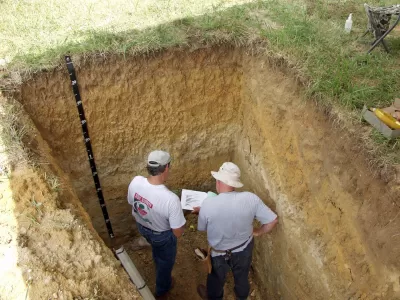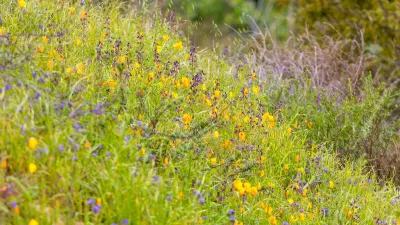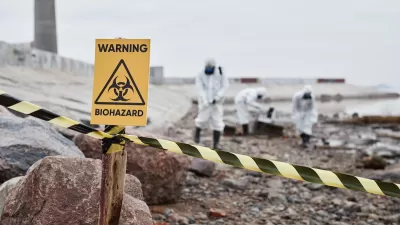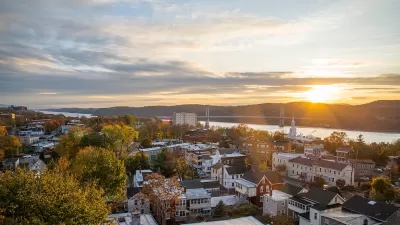Soil often doesn’t get the attention that it deserves, but it is integral to the ecology of cities.

Oliver Milman reports on a frequently overlooked aspect of urban ecology: soil science. Soil scientists say that this thin layer of the planet can provide valuable information about the environmental health of a city, writes Milman:
Taking gallon-sized samples of soil from select spots helps researchers put together a soil map of an area. Layers of soil have differing amounts of sand, silt and clay: some have lots of organic matter, others hold a lot of water. Typically, in cities, the soil is contaminated.
Urban gardening and farming means food is grown in city soil, and soil also filters water and captures pollution, notes Milman. In addition, soil in cities supports trees and plants that in turn provide shade, stabilize wetlands in coastal areas, and help reduce carbon levels.
Milman notes that the NYC Urban Soils Institute hosts the Urban Soils Symposium and works to highlight the importance of soil in urban environments.
FULL STORY: 'We're black sheep': the people who are fascinated by soil in cities

Trump Administration Could Effectively End Housing Voucher Program
Federal officials are eyeing major cuts to the Section 8 program that helps millions of low-income households pay rent.

Planetizen Federal Action Tracker
A weekly monitor of how Trump’s orders and actions are impacting planners and planning in America.

Ken Jennings Launches Transit Web Series
The Jeopardy champ wants you to ride public transit.

USDOT Waters Down Self-Driving Car Regulations
The agency is reducing reporting requirements for autonomous vehicles and cars with self-driving features, prompting concern among safety advocates who say transparency is essential to the safe deployment of AV technology.

‘Minnesota Nice’ Isn’t so Nice When You Can’t Find a Place to Live
The Economic Development and Housing Challenge Program can help address the scourge of homelessness among Indigenous people.

NYC Open Streets Organizers Call for City Support
The number of open streets projects has dropped year after year as volunteer groups struggle to fund and staff them.
Urban Design for Planners 1: Software Tools
This six-course series explores essential urban design concepts using open source software and equips planners with the tools they need to participate fully in the urban design process.
Planning for Universal Design
Learn the tools for implementing Universal Design in planning regulations.
Heyer Gruel & Associates PA
Ada County Highway District
Institute for Housing and Urban Development Studies (IHS)
City of Grandview
Harvard GSD Executive Education
Toledo-Lucas County Plan Commissions
Salt Lake City
NYU Wagner Graduate School of Public Service





























